When you think of a necktie, what comes to mind? Perhaps a smart outfit for a special occasion or a uniform for school. Neckties are common accessories, but do you know where they come from? The history of the necktie is as fascinating as the different ways to wear it. In this blog post, we’ll explore how neckties originated, their evolution, and how they became an essential part of many people’s wardrobes.
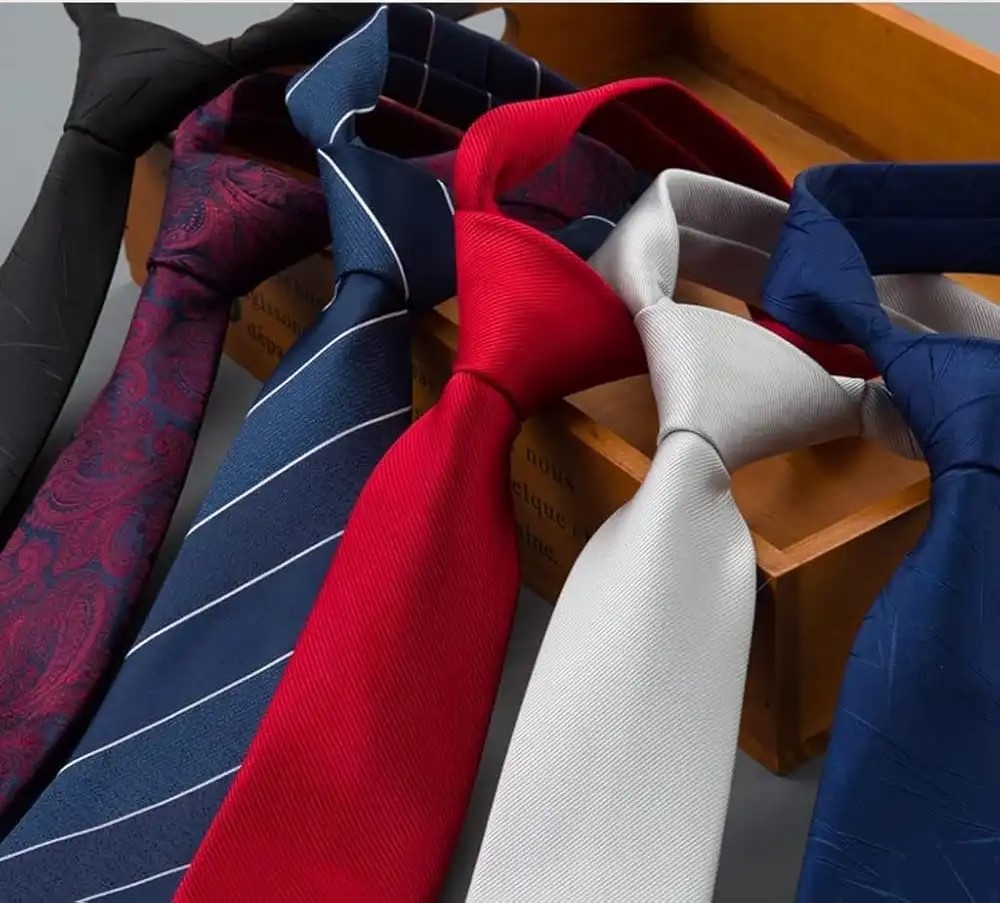
A Peek into the Past
The necktie’s history dates back several centuries. Scholars believe that its roots can be traced to the 17th century when Croatian mercenaries were fighting in the Thirty Years’ War (1618-1648). These soldiers wore a piece of cloth tied around their necks, which was both practical and stylish. The French saw these neckpieces and began to adopt the style, calling them “cravats,” derived from the word “Croat” (which refers to the Croatian people).
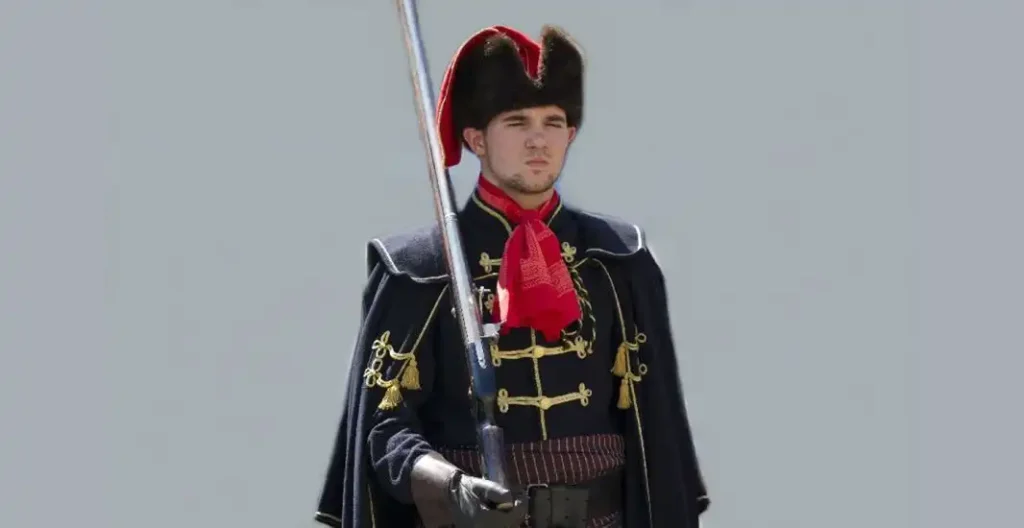
The Cravat Era
By the late 17th century, cravats became a popular fashion accessory among the French nobility. They were often made from expensive fabrics and featured intricate designs. Cravats were not just practical; they also signified social status—the more elaborate the cravat, the higher your rank in society. People began experimenting with different styles and ways to tie these clothes, setting the stage for the modern necktie.

As the cravat travelled through Europe, it influenced other clothing styles. In England, it transformed into the necktie we are familiar with today. Over the years, the cravat evolved into a simpler version, making it easier to wear.
The Birth of the Modern Necktie
The term “necktie” started being used in the early 19th century. During this period, the Industrial Revolution was in full swing, and men began to wear more practical and comfortable clothing for work. This shift led to the creation of the modern necktie, which was more streamlined and practical than its predecessors.

Ties began to be made from silk and other luxurious materials, showcasing bold colours and patterns. They became a staple in men’s fashion and were often worn in professional settings, enhancing a man’s appearance and style.

Neckties in the 20th Century
The early 20th century saw neckties becoming even more popular, with various styles emerging. Bow ties, skinny ties, and wider ties all made their appearances during this time. The classic tie gained further popularity during World War I and World War II, as many soldiers wore them as part of their uniforms.
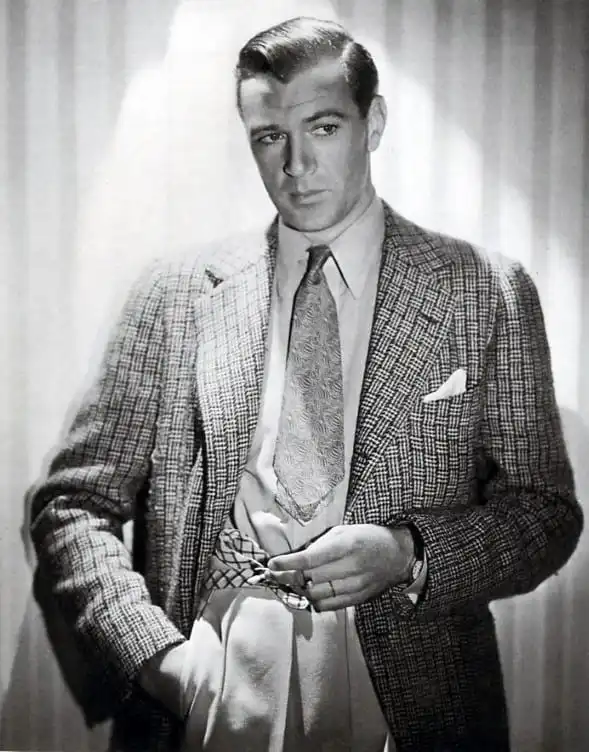
After the wars, ties became synonymous with formal wear. In the 1950s and 1960s, bright colours and unique patterns became fashionable, reflecting the lively spirit of the times. The tie became an essential part of a gentleman’s outfit, often paired with a suit and dress shirt.
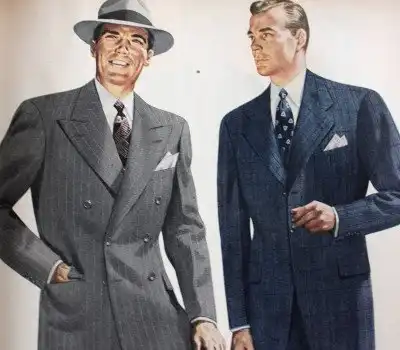
The Necktie Today
Today, neckties are not just for men; they have become a versatile accessory for people of all genders. While they are still popular in formal settings, they can also be worn casually. You can find neckties in a variety of colours, patterns, and materials, allowing for personal expression and creativity.

Neckties have also made their way into pop culture. From iconic characters in movies and TV shows to being a symbol of professionalism, ties continue to play a significant role in our lives.
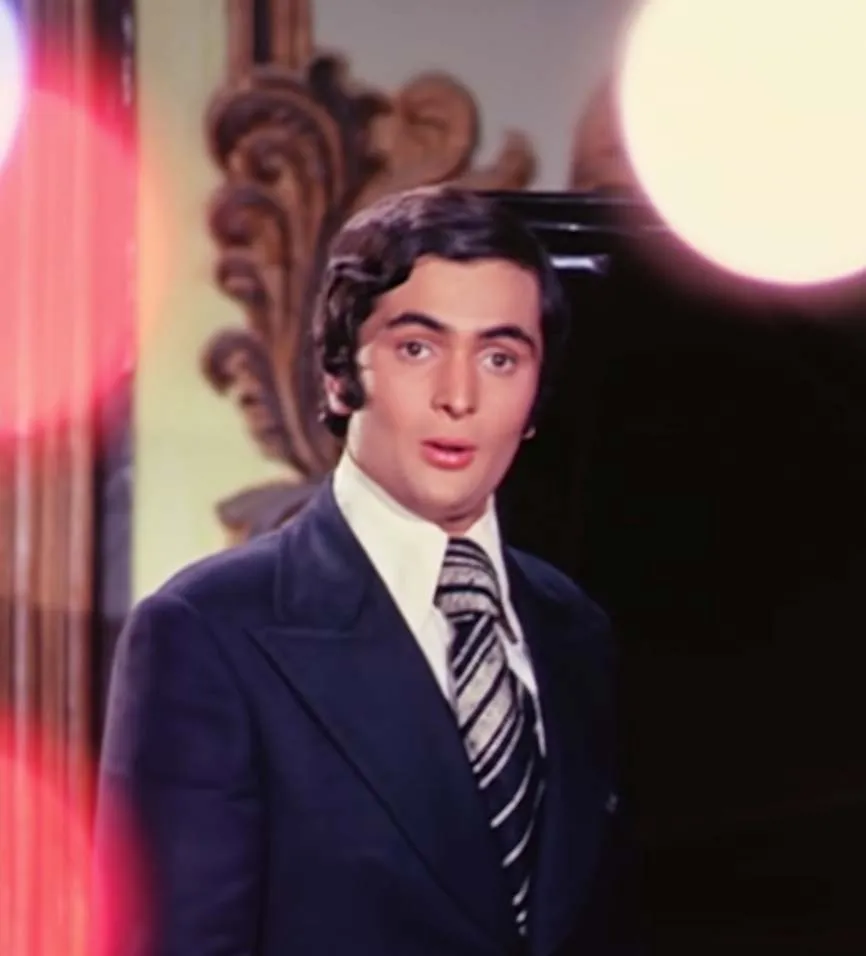
Tying It All Together
The history of the necktie is a story of transformation and adaptation. From the Croatian soldiers in the 17th century to the fashionable accessory we wear today, neckties have evolved significantly. They are not just pieces of fabric; they carry a rich history that connects us to the past.

Whether you wear a tie for a special occasion, at school, or just to express your unique style, remember that you are part of a long tradition. The necktie has witnessed changes in fashion, culture, and society, making it a remarkable piece of clothing.
Next time you tie your necktie, take a moment to appreciate the history behind it and how it has evolved over the centuries. Who knows? You might just feel a bit more stylish knowing you are wearing a piece of history!
For more interesting articles, please visit www.kidzherald.com





